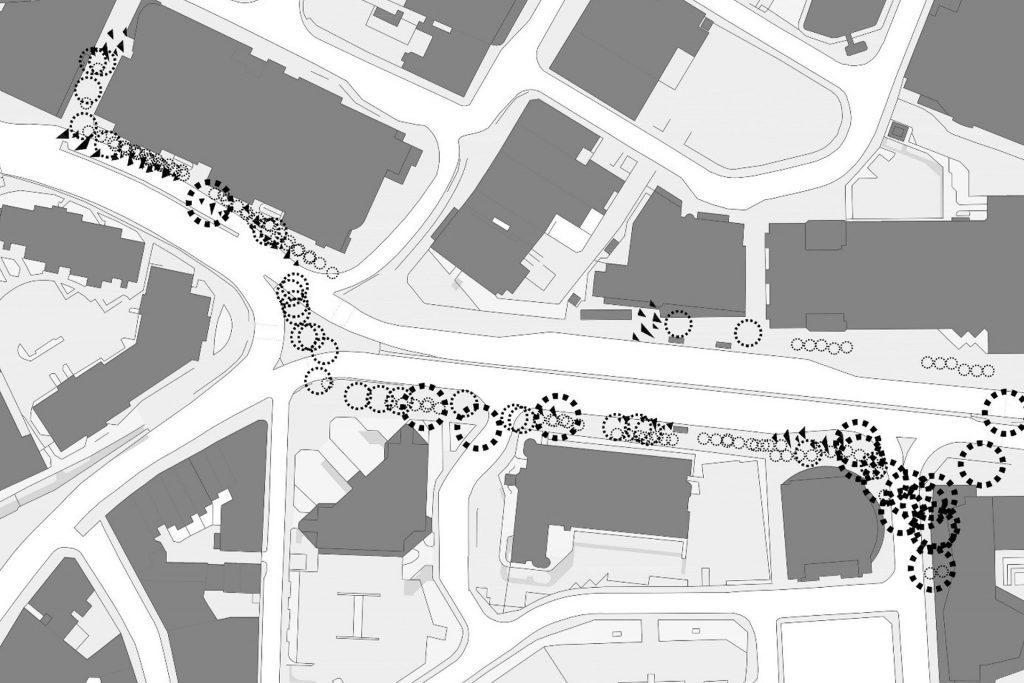The upcoming CREAte Open Lecture will be given by Dr Anastasia Karandinou, on Wednesday 14th February 2018 at 18.00 in Marlowe Lecture Theatre 1.
Architects have been studying and mapping the human experience of spaces by the use of video, questionnaires and observation. What if one could actually access what is happening in the human brain, and had the capacity to interpret effectively these readings?
The aim of this research project is to gain a better understanding of the human experience in everyday spaces, through the mapping and analysis of the inhabitants’ brain activity. We used portable electroencephalographic (EEG) monitoring (EPOC – Emotiv portable EEG equipment) to examine the effect of everyday spaces upon neural function in order to gain a better understanding of the human experience in everyday spaces. We observe and analyse the associations between spatial phenomena and brain activity; we record and analyse the correlation between the spatial experience of individuals and the fluctuations of their brain activity. For the specific purposes of this study we particularly look into the fluctuations of brain waves of beta, alpha and theta frequencies.
The cross-disciplinary way for examining places and human experience, drawing from the areas of architecture and neuroscience is a new and rapidly expanding research area, which holds great potential for areas such as architecture and design disciplines, interior design, but also for areas such as medical and health sciences. New digital media, new portable devices, new medical kits allow us to explore anew the human experience in space and to re-address architectural questions in a new context.
Twenty participants were asked to navigate and exit a building following what they thought to be the shortest route, whilst simultaneously monitoring the ongoing neural function (EEG) and videoing the journey. Subsequently, key moments of their journeys were analysed in an attempt to correlate specific spatial phenomena with the neural function patterns (EEG) at specific instances of the way-finding process.
Analysis of neural function revealed that all participants showed specific changes in neural patterns in association with identical key journey moments. It is concluded that neural activity monitoring can be used to identify specific spatial phenomena and could be a potentially useful tool when considering aspects of spatial design in architecture.

